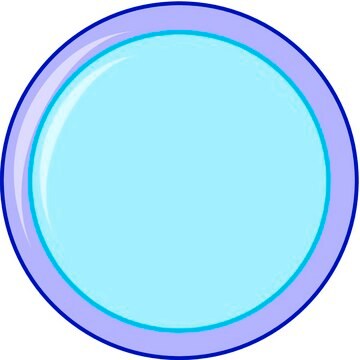About This Item
Recommended Products
form
colloidal suspension
dispersion (H2O)
Quality Level
contains
CTAB as stabilizer
concentration
50 μg/mL in H2O
diam. × L
200 nm × 1,000 nm ± 20%
diameter
200 nm
pH
3.0-5.0
density
1 g/mL at 25 °C
Mw/Mn
(<10% CV length, monodispersity)
>95 (rods)
storage temp.
2-8°C
Physical properties
Legal Information
Hazard Statements
Precautionary Statements
Hazard Classifications
Aquatic Chronic 3
Storage Class Code
12 - Non Combustible Liquids
WGK
WGK 3
Flash Point(F)
Not applicable
Flash Point(C)
Not applicable
Choose from one of the most recent versions:
Already Own This Product?
Find documentation for the products that you have recently purchased in the Document Library.
Customers Also Viewed
Articles
Gold nanostructures such as nanorods, nanowires and microgold have found applications in exciting fields such as biomedical engineering, catalysis and diagnostics.
Surface-enhanced Solar Energy Conversion Systems Using Gold and Silver Nanoparticles
A key challenge for nanomaterial safety assessment is the ability to handle the large number of newly engineered nanomaterials (ENMs), including developing cost-effective methods that can be used for hazard screening.
Inorganic nanomaterials are tunable by size, shape, structure, and/or composition. Advances in the synthesis of well-defined nanomaterials have enabled control over their unique optical, electronic, and chemical properties stimulating tremendous interest across a wide range of disciplines. This article illuminates some of the recent research advances of inorganic nanoparticles (NPs) in optoelectronics applications.
Our team of scientists has experience in all areas of research including Life Science, Material Science, Chemical Synthesis, Chromatography, Analytical and many others.
Contact Technical Service



